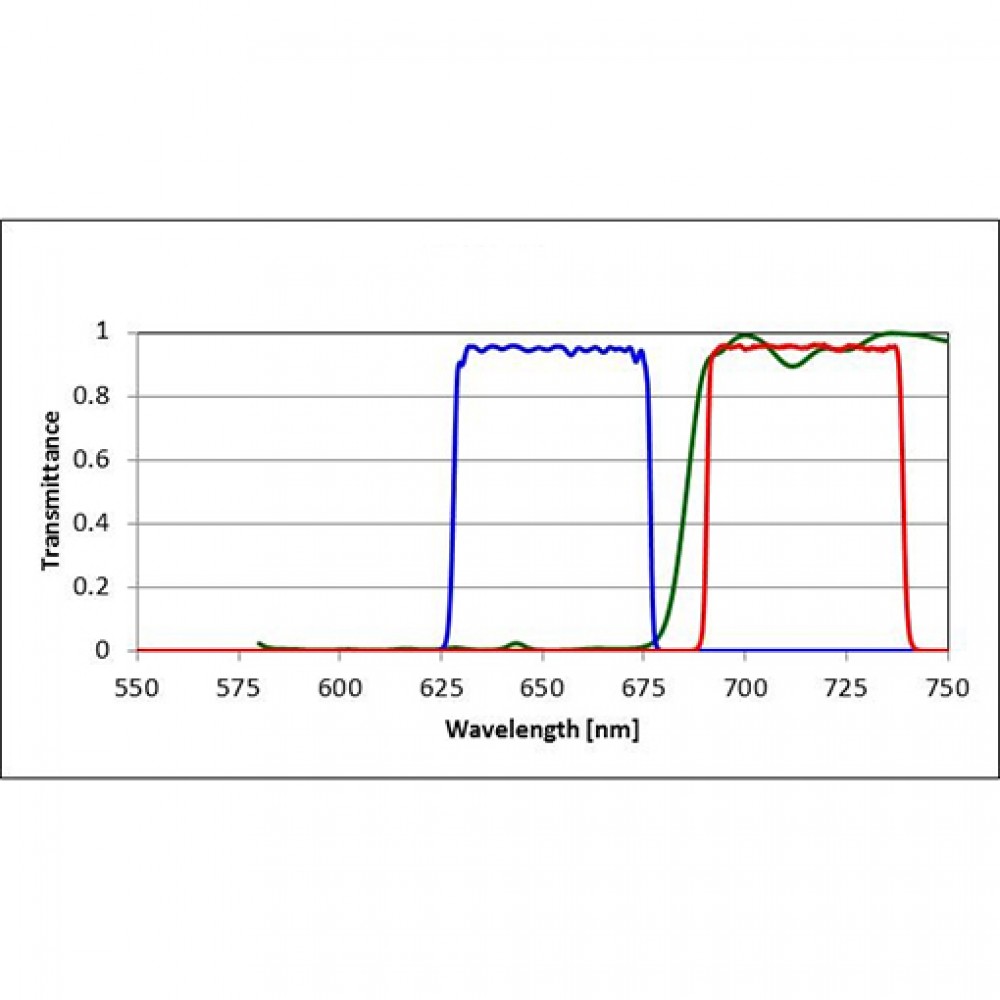


To break the reciprocity, a traditional approach is to guide light through materials with a strong magneto-optical Faraday effect 3, 4. Although widely used in optical communications and sensing, non-reciprocal devices are still challenging in silicon integrated photonics owing to limitations in material integration and device design. Yet, reciprocity, as constrained by the Lorentz theorem 2, is fundamental to light transport in linear, time-invariant optical systems and holds even in rather complex ones. Non-reciprocal photonic devices 1 that break time-reversal symmetry provide crucial functionalities such as isolation and circulation in laser protection, optical signal processing and instrumentation applications. Moreover, our work demonstrates the possibility of designing chip-based magnetic-free optical isolators for information processing and laser protection. Our design, compatible with current complementary metal-oxide-semiconductor (CMOS) techniques, yields convincing isolation performance with sufficiently low insertion loss for a wide range of input power levels. Using a high- Q microtoroid resonator, we realize highly non-reciprocal transport at the 1,550 nm wavelength when waves are injected from both directions in two different operating configurations. To bypass such dynamic reciprocity, we here demonstrate an optical isolator on a silicon chip enforced by phase-matched parametric amplification in four-wave mixing. However, dynamic reciprocity in a recent theoretical analysis has pinned down the functionalities of these nonlinear isolators. Because of material incompatibilities in conventional approaches based on the Faraday effect, alternative solutions have resorted to nonlinear processes to obtain one-way transmission. Despite being fundamentally challenging in integrated (nano)photonics, achieving chip-based light non-reciprocity becomes increasingly urgent in signal processing and optical communications.


 0 kommentar(er)
0 kommentar(er)
